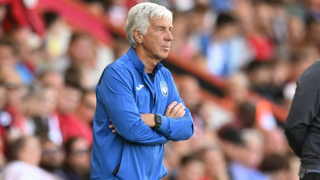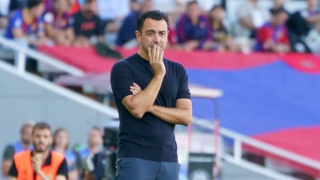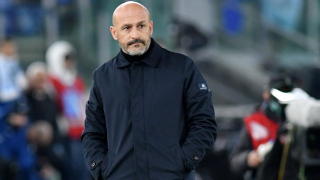In partnership with adidas, tribalfootball.com wwill be bringing you the LIVE unveiling of the 2010 World Cup match ball.
In readiness for the big show, take a step back into history with his look at all previous World Cup match balls.
adidas started developing high-performance match balls in 1963, when most balls were heavy, brown and painful to kick. When FIFA first commissioned adidas to provide the Official Match Ball for the 1970 FIFA World Cup in Mexico, the company had already become the world's leading football brand.
adidas Telstar - 1970 FIFA World Cup Mexico
The revolutionary design of Telstar wrote football history: it was the first white football ever to be decorated with black pentagons. Mexico 1970 was the first live televised FIFA World Cup and the revolutionary design of Telstar - the name derives from "Star of Television" - made the ball far more visible on black and white television. Until this day, the adidas Telstar remains the archetype of all generic footballs.
The adidas Azteca was the first ever synthetic FIFA World Cup Match Ball. The use of synthetic material increased its durability and further minimized water absorption. With its never-before-achieved performance on hard ground, at high altitude, and in wet conditions, Azteca represented a massive leap forward for the game.
Its elegantly and elaborately decorated design was inspired by the hosting nation's native Aztec architecture and murals.
Moreover, the adidas Tricolore featured an advanced "syntactic foam" layer - a tight regular matrix, composed of gas-filled, individually closed and highly durable micro balloons. The syntactic foam further improved the ball's durability, energy return and made it more responsive.



































